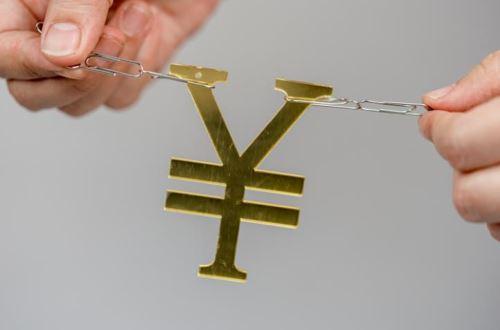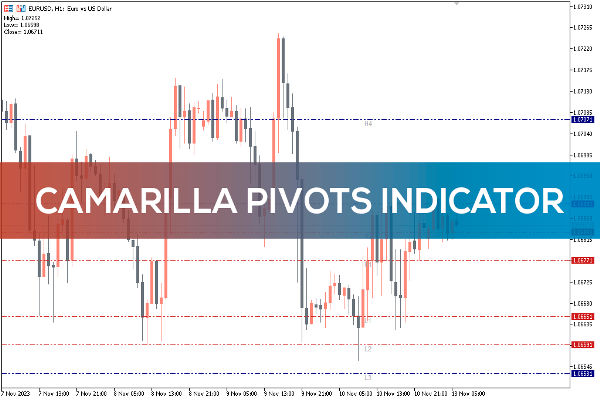Forward and reverse exchange are commonly used terms in international trade
and foreign exchange transactions to describe the direction and method of
currency exchange. They play an important role in the money market and have a
certain impact on both businesses and individuals.

Firstly, let's understand the concept of Shunhui which is currency conversion. Currency conversion refers to the
exchange of domestic currency into foreign currency, which means that the
exporter exchanges the payment made by the foreign buyer into their own local
currency. For example, Chinese companies convert the US dollars earned from
products sold to American customers into Chinese yuan, which is a form of
forward exchange. Currency conversion helps to promote export trade and increase foreign
exchange reserves, which has a positive impact on the country's economic
development.
Correspondingly, reverse exchange refers to the conversion of foreign
currency into domestic currency, in which the importer converts the payment made
to the foreign supplier into cost currency. For example, when Chinese companies
purchase raw materials from American suppliers, they need to exchange RMB into
US dollars to pay the suppliers, which is a reverse exchange operation. Reverse
remittance plays a role in paying for goods in trade and can help enterprises
carry out import business.
There is a close connection between forward and backward convergence. They
have complementary relationships in two directions during the currency exchange
process. In international trade, exports and imports often complement each other
and require two-way currency exchange. The frequent occurrence of forward and
reverse remittances has promoted the liquidity of the money market and the
smooth progress of international trade. In addition, both forward and reverse
remittances need to closely monitor market trends and exchange rate fluctuations
in order to make correct trading decisions.
However, there are also some differences between forward and reverse mergers.
Firstly, currency conversion is usually led by exporters, who convert foreign exchange
earnings into local currency to maintain daily operations and funding needs.
Reverse remittance is mainly carried out by importers, who need to convert their
local currency into foreign exchange to pay for the goods. Secondly, the
positive exchange rate is more dependent on the supply and demand relationship
and exchange rate fluctuations in the forex market, while the
negative exchange rate is more affected by domestic economic policies and foreign exchange controls.
Currency conversion is carried out in pursuit of profit, and investors hope for the
appreciation of foreign currencies to obtain price difference returns. Reverse
exchange is carried out to reduce risk or recover funds, and investors hope for
foreign currency depreciation or to transfer funds back to their home country.
Forward exchange transactions often come with higher risks and potential losses,
as foreign currencies may experience reverse fluctuations, while reverse
exchange transactions are relatively conservative.
In addition, forward and reverse remittances also involve the management of
Foreign exchange risk. Due to fluctuations in exchange rates, forward and
reverse exchange operations may have an impact on the earnings of enterprises
and individuals. Therefore, in order to avoid risks, many companies will adopt
hedging and other measures to lock in exchange rates to ensure the stability and
predictability of currency exchange.
Disclaimer: Investment involves risk. The content of this article is not an investment advice and does not constitute any offer or solicitation to offer or recommendation of any investment product.







